HISTORY HAPPENED HERE
IN FRANKLIN COUNTY, PA!
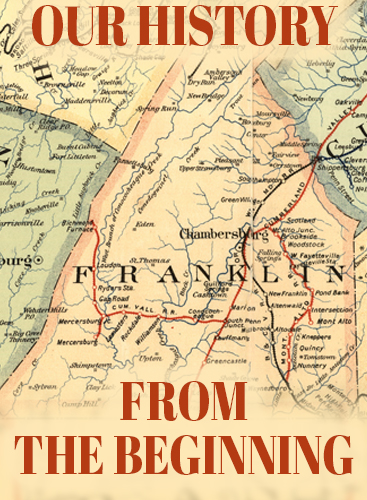
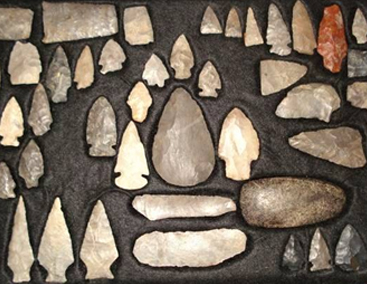
10,000 B.C.
Remnants near streams and springs of Franklin County were found by archeologists that date back 10,000 years to the Ice Age. These hunting items and tools were left by nomadic hunters, following herds of animals into the county.

1500
The Six Nations or Iroquois, Shawnees and the Lenni Lanape, also known as the Delaware, hunted game throughout Franklin County.
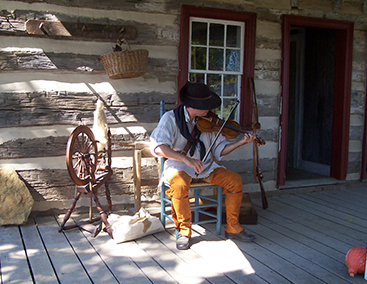
1700s
Scots-Irish, German and Welsh immigrants settled throughout Franklin County, establishing homesteads and hamlets around present-day Chambersburg, Greencastle, Mercersburg, Shippensburg and Waynesboro.
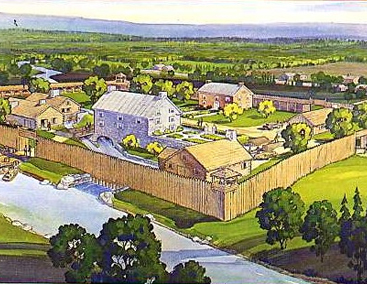
1730-1755
Settlements along the Franklin County frontier sprang up. This pushed Native American inhabitants westward and caused them to lash out against settlers. Chambers Fort, Fort Davis, Fort Maxwell and Fort Marshall are notable fortifications of the Franklin County frontier.

1756
Attack of Fort McDowell by Native Americans. According to a first-hand account of the attack by Jean Lowry, most of the men had left the stockade to engage in farming, and only Lowry’s husband stayed there as a guard. On 1 April 1756, a band of Lenape Indians attacked the fort, killed Lowry’s husband and set the blockhouse on fire. They captured 27 settlers.

1763
Mason and Dixon Line Established.
Maryland-Pennsylvania boundary line. Surveyed and marked 1763-68 by two English astronomers, Charles Mason and Jeremiah Dixon. A “Crown” stone was set every five miles displaying the coat of arms of Lord Baltimore on the south sides and the Penns on the north sides.

1764
July 26, 1764, as Enoch Brown and eleven students settled into their studies, the war came to the doorstep of the small schoolhouse, near Greencastle PA. Three Delaware entered the school, clubbed and scalped schoolmaster Enoch Brown and his eleven pupils. Archie McCullough, one young boy, would survive by pretending to be dead as the horror happened around him.

1765
The Black Boys Rebellion, Smith’s Rebellion or Allegheny Uprising. An armed uprising between citizens of the Province of Pennsylvania and the British Army between March 5 and November 18, 1765. It began when a wagon train loaded with illegal “warlike goods” was discovered at Pawling’s Tavern (south of Greencastle, PA). Citizens led by James Smith intercepted and destroyed the goods at a mountain pass near Sideling Hill.

1768
In return for three plots of land for three congregations, Falling Spring Presbyterian, First Lutheran, and Zion Reformed, Benjamin Chambers requested that each congregation would pay a yearly rent of one rose to a descendant of the Chambers Family. Today, all three congregations continue the tradition of the Rose Rent.

1784
Originally part of Lancaster County in 1729, then York County in 1749, then Cumberland County in 1750, Franklin County became an independent jurisdiction on September 9, 1784, soon after the end of the American Revolutionary War. It is named in honor of Founding Father Benjamin Franklin.

1791
James Buchanan Jr., America’s 15th President, was born April 23, 1791, in a log cabin in Cove Gap, Pennsylvania (now known as Buchanan’s Birthplace State Park). He was one of eleven children . In 1797, the family moved to nearby Mercersburg, Pennsylvania.

1794
Morrow Tavern was a two-story stone house occupied as a tavern by William Morrow. George Washington, with staff lodged here, Oct. 12, 1794, when traveling west to review troops assembled at Bedford to suppress the Whiskey Rebellion.
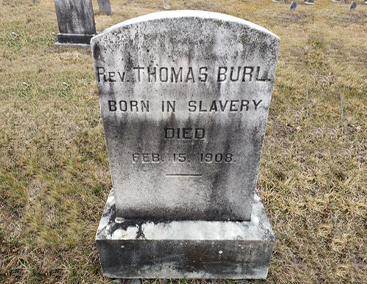
1820s
Escaping enslaved use Franklin County Underground Railroad sites. The area had a large free African-American population and by 1860, had the fifth largest African-American population in Pennsylvania.

1859
On the run for the murders of five pro slavery settlers in Kansas in 1856, abolitionist John Brown rented rooms in a boarding house in Chambersburg, Pennsylvania during the summer and fall of 1859 where he planned a raid on the Federal Arsenal at Harpers Ferry, Virginia.

1860
South Carolina became the first state to secede from the federal Union on December 20, 1860. The victory of Abraham Lincoln in the 1860 presidential election triggered cries for disunion across the slave holding South.

1861
Apil 13 – President Abraham Lincoln meets with PA Senator Simon Cameron, General Winfield Scott, and Colonel A.K. McClure, a Chambersburg lawyer, newspaper editor and leader of PA Republicans to gain help in securing Union troops. By June, 20,000 Union soldiers trained in Chambersburg.

1863
Confederate Gen. Jubal Early targeted Caledonia Furnace, abolitionist Congressman Thaddeus Stevens’ business in Franklin County. This is what remains of that furnace, a stack erected in 1837. Early burned the ironworks en route to York County and the Susquehanna River bridge in Wrightsville.

1864
July 30 – Burning of Chambersburg by Confederate troops led my General John McCausland – Over 550 structures burned, 2,000 people homeless and $1.6 million in real estate and personal possessions lost after Confederates burned the town in retaliation for damage to the Shenandoah Valley

1884
Chambersburg’s citizens work together and rebuild after the destruction from the burning of Chambersburg. The courthouse is rebuilt as the county celebrates its centennial.

